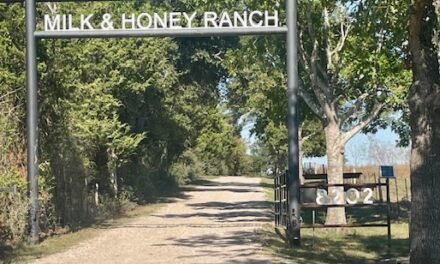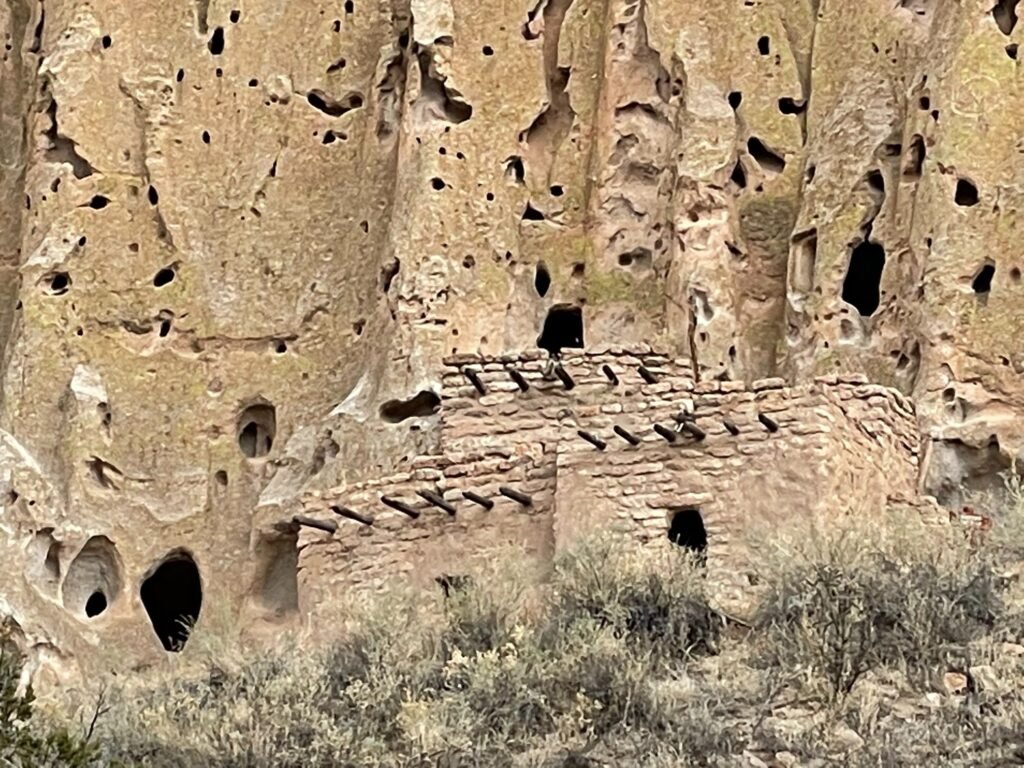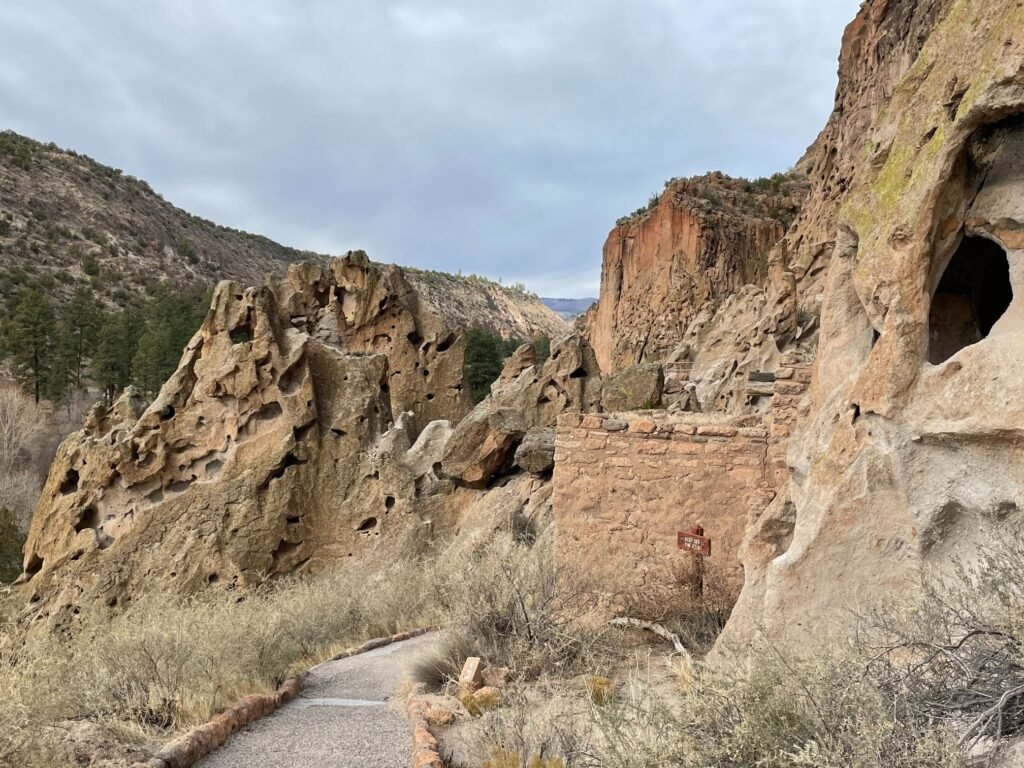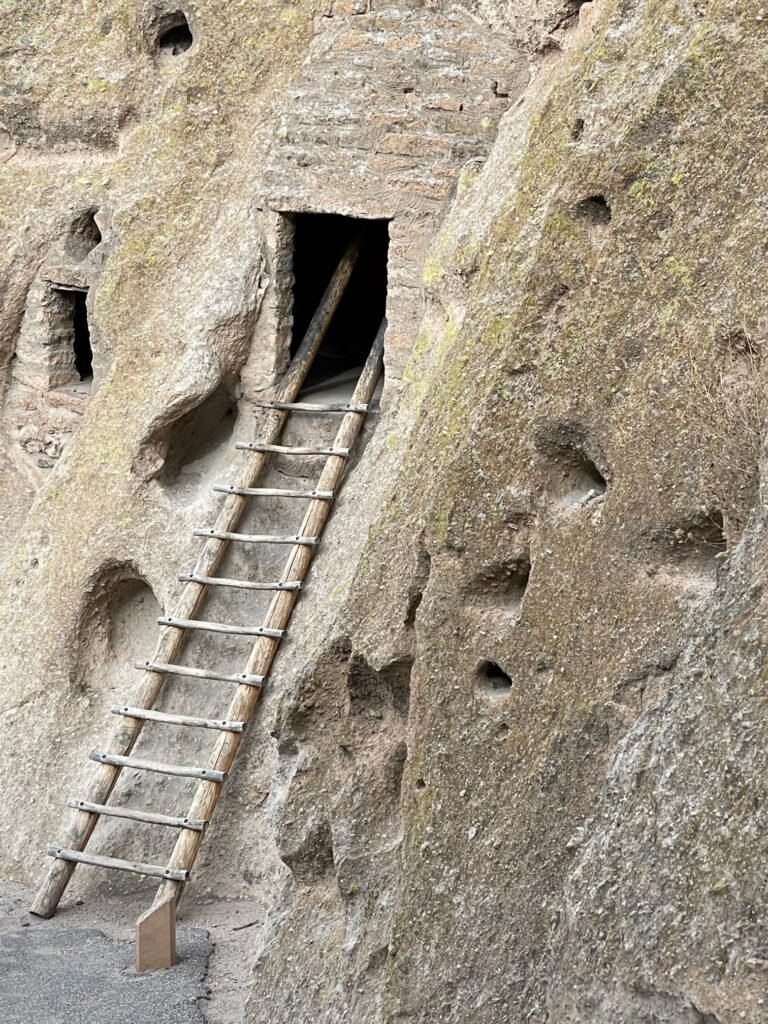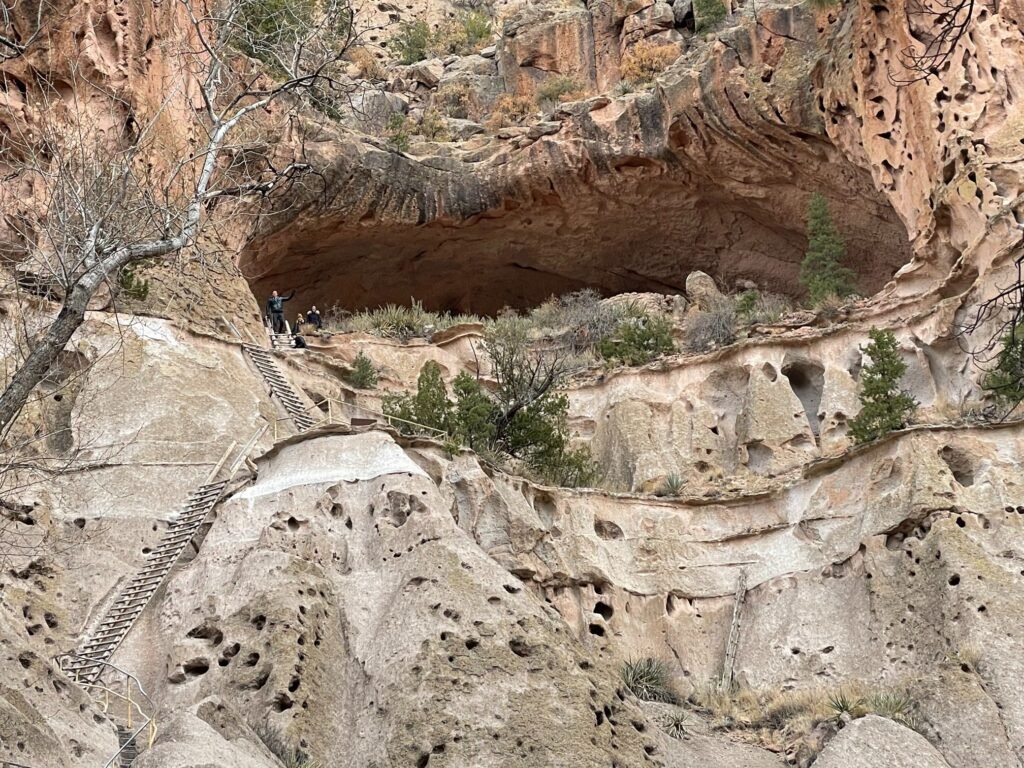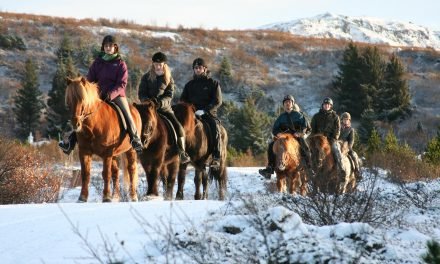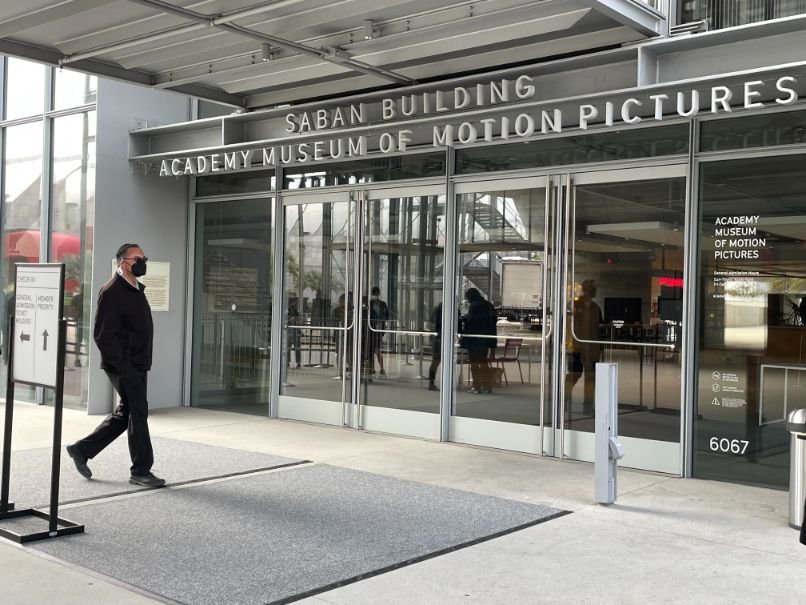
Channel your inner Indiana Jones for some adventure at Bandelier

The Southwest is a mecca of ancient Native American settlements, including such notables as Mesa Verde, Chaco Canyon, Canyon de Chelly and Bandelier National Monument. The latter is an easy day trip for visitors staying in Santa Fe, and is also in close proximity to other northern New Mexico popular destinations, like the scientific research town of Los Alamos, the Valles Caldera National Preserve and the picturesque Jemez Mountains.
Bandelier boasts over 33,000 acres of dramatic landscape, containing steep narrow canyons, rugged peaks and plenty of unspoiled backcountry. There are cavates or cliff dwellings and other stone structures to explore, as well as petroglyphs and pictographs, providing evidence of people having lived there for more than 11,000 years. And with seventy miles of trails, hikers will be in heaven.
President Woodrow Wilson signed the legislation to create the monument in 1916. It is named after anthropologist and archaeologist Adolph F.A. Bandelier, who was one of the first to study indigenous cultures of the Southwest.
Bandelier’s human history follows nomadic hunter-gatherers in their pursuit of wildlife, as they migrated within this region. The Ancestral Pueblo people took up permanent residence in the area around 1150 CE and remained until 1550 CE. They built homes along the base of the canyon wall, using volcanic tuff, a type of malleable rock made from volcanic ash, and carved out rooms within the cliffs.
The people relied on agriculture for their livelihood. Primary crops planted included corn, beans and squash, or what are commonly known as the “three sisters.” These basic foods, with the addition of native plants and meat from deer, rabbit, squirrels and turkeys (the latter which were raised), helped to fulfill nutritional needs.
Mesa tops were utilized as farm fields and techniques such as terracing and grid gardens helped to preserve water. The volcanic tuff was also of importance, as it contained pumice, which has a sponge like quality to absorb water.
Eventually, however, the challenges of the land, along with a severe drought, forced the people to move from the canyon to pueblos along the Rio Grande.
When exploring Bandelier (fedora and leather jacket are optional!), visitors typically start at the museum inside the visitor center, which features exhibits about the area’s inhabitants. On display are pieces of Ancestral Pueblo pottery, tools and other artifacts, and dioramas illustrating Pueblo life in the past and today.
After your introduction to the area, take the Main (Pueblo) Loop Trail to discover the various archeological sites within Frijoles Canyon. There’s a trail guide to help you identify twenty-one points of interest along the way.
Big Kiva, for example, once had a roof and served as a communal gathering place. Tyuonyi was a two-storied structure with over four hundred rooms, many used for storage. Talus House is a partly restored dwelling with outward projecting vigas or roof posts. It was reconstructed in 1920 and is similar to other houses made of talus or rock debris. And at Long House, along the base of the cliff, there are numerous petroglyphs and pictographs of a variety of subjects such as animals, human figures, directional signs and more.
Rudimentary ladders along the route allow you to climb into the dwellings. In several, you’ll have to crouch once you’re inside, as the ancestral residents were short in stature. Men were only about 5’4 and women a petite five feet tall. Still visible are smoke holes, fireplaces and storage shelves. Outside, you can see the holes in the cliff that once held poles covered with awnings for sun protection.
At the halfway point of the trail, you can either turn back toward the visitor center or continue another half mile to Alcove House. The detour is well worth the extra effort, as this site, which is located 140 feet above the canyon floor, was once home to approximately two dozen residents. If heights don’t bother you, climb the four wooden ladders and stone stairs to reach this lofty refuge. There you’ll find a reconstructed kiva and niches of former dwellings. It’s mind boggling to imagine scaling this distance, while carrying supplies, just to reach your house.
Most visitors never go beyond the Main Loop, but if you’re game for more hiking, check out some of the other great trails at Bandelier. One of my personal favorites is the Falls Trail, which leads down canyon from the Visitor Center to the picturesque Upper Falls. Also popular is the Tyuonyi Overlook Trail, with its views of Frijoles Canyon and Tyuonyi Pueblo. Another, the Frijolito Loop, ascends up out of the Frijoles Canyon, then drops you right back into it. The path contains steep switchbacks so prepare for some exertion, while admiring the splendid scenery.
Twelve miles from the main area of the park is the Tsankawi section, containing a large unexcavated Ancestral Pueblo village. There are additional dwellings to access by ladder, along with petroglyphs and a mesa top walk offering panoramic vistas over the Rio Grande.
For those who wish to venture even further afield, there’s plenty of pristine wilderness to explore.
Feature image, Alcove House Courtesy of Bri Docimo


